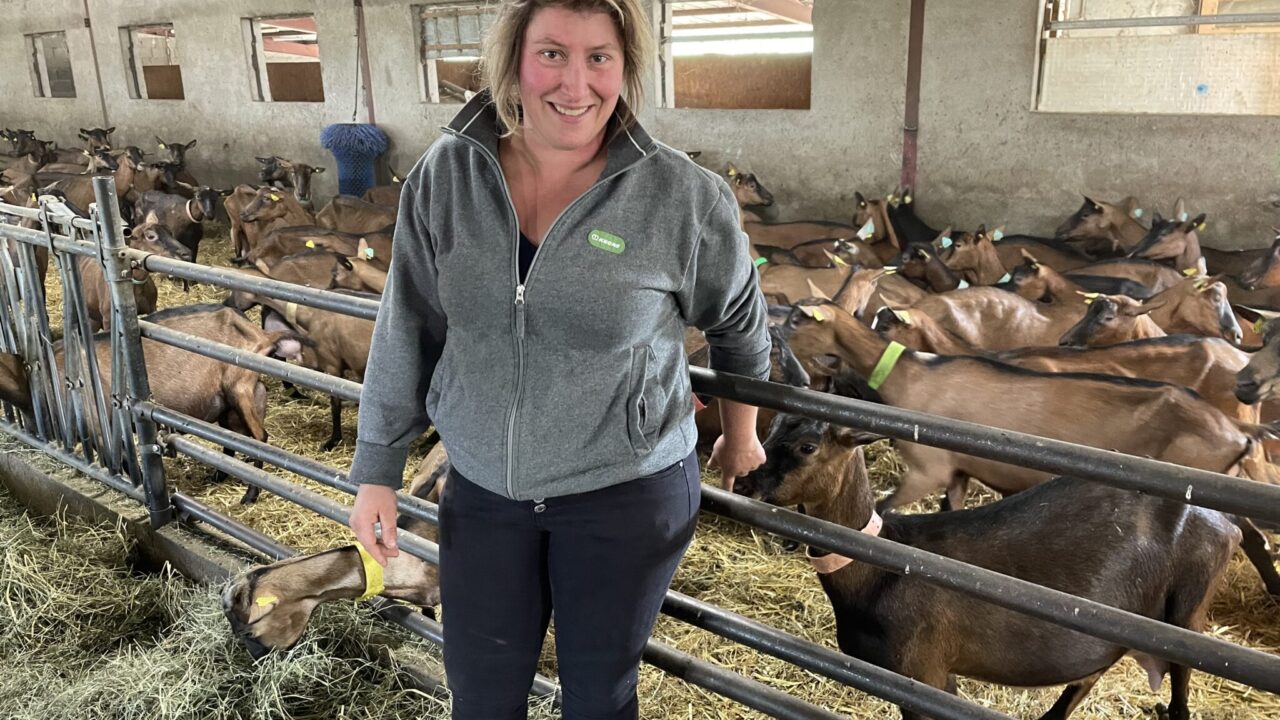As part of the farm-tours section of the Sommet de l’Élevage livestock show which took place in France earlier this month, Agriland travelled to a dairy farm that is milking 250 Alpine goats, located to the north of Clermont Ferrand.
The farm is owned by Carole Neyrial who is the sole employee of the 40ha enterprise. The goat’s milk is sold for cheese processing.
The current milk price is 90c/L (78p/L) but milk prices generally vary from €0.80-1.00/L (70p/L-87p/L).
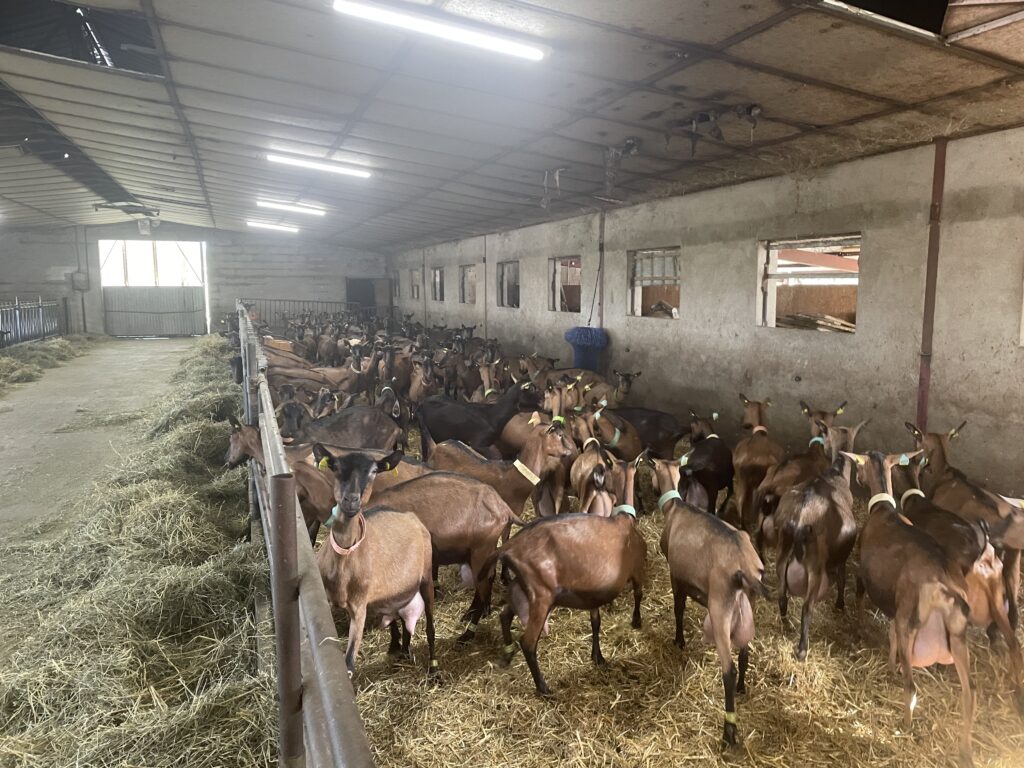
The price paid depends on both markets and milk constituents. Milk is stored in a cooler tank and is collected by the processor every second day.
Carole explained that prices tend to be higher during the winter months which is why she has selected this system.
Goats are milk recorded and the average production is 860L/goat milking from September to June. Some of the top-performing goats are producing in excess of 1,000L/year.
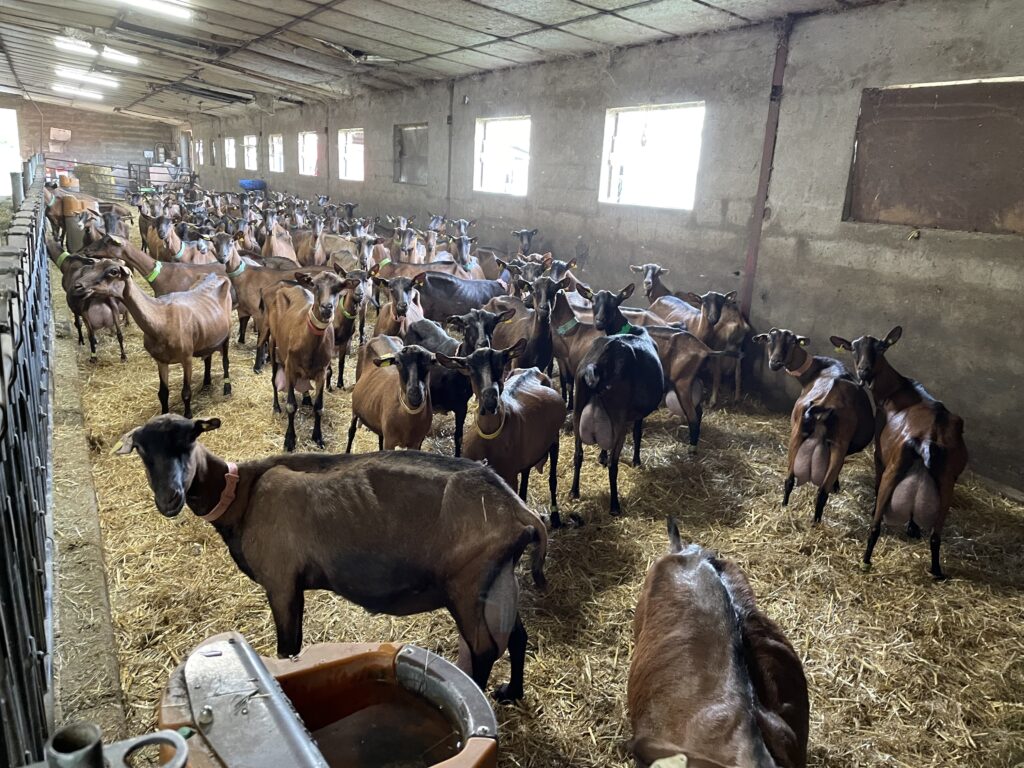
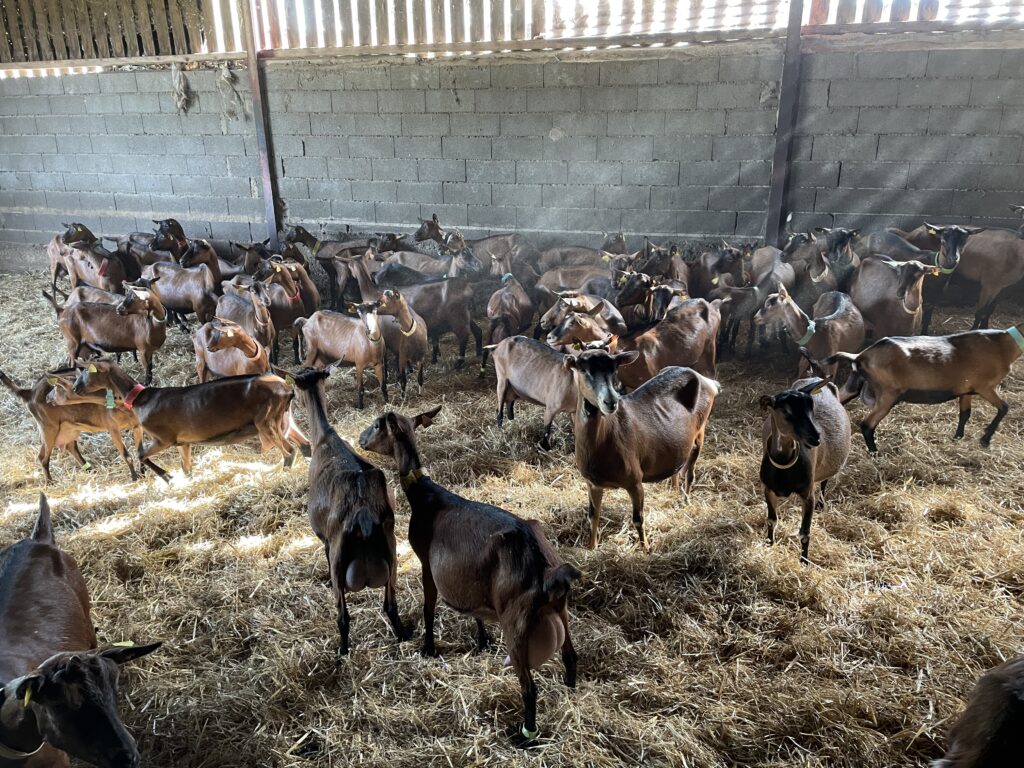
The average fat content of the milk produced on the farm is 4.17% and the average protein content is 3.54%.
Goats are fed grass and clover silage as well as lucerne hay and meadow hay. The concentrate ration includes ingredients such as maize, bran, soya pulp, sainfoin and extruded linseed.
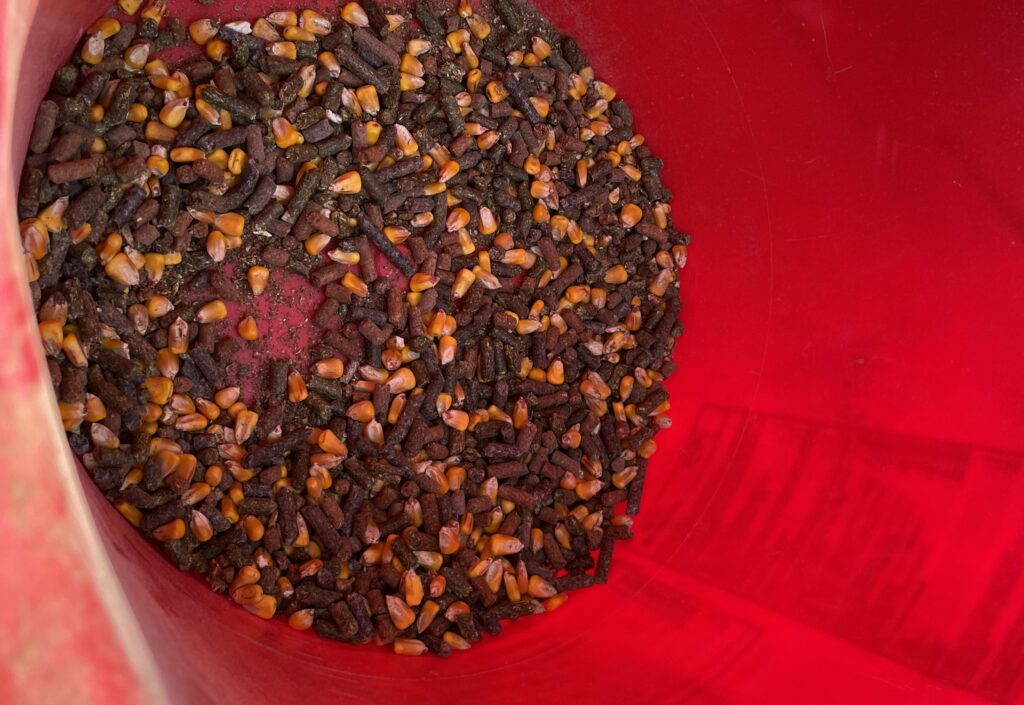
Goats kid from September onwards and milking continues until June with goats dried-off for July and August.
Breeding generally commences in April and every year, 50 of the top-performing goats are selected for breeding with artificial insemination (AI) and the remainder are served naturally with the use of 10 Alpine bucks.
Goats kid at 12 months-of-age and enter the milking herd then. When giving birth, goats can produce anywhere from 2-5 kids generally.
The AI-bred female kids are used as replacements. The AI-bred male kids are used for breeding also and the remainder of the kids are sold for either meat production or to other dairy herds for replacements.
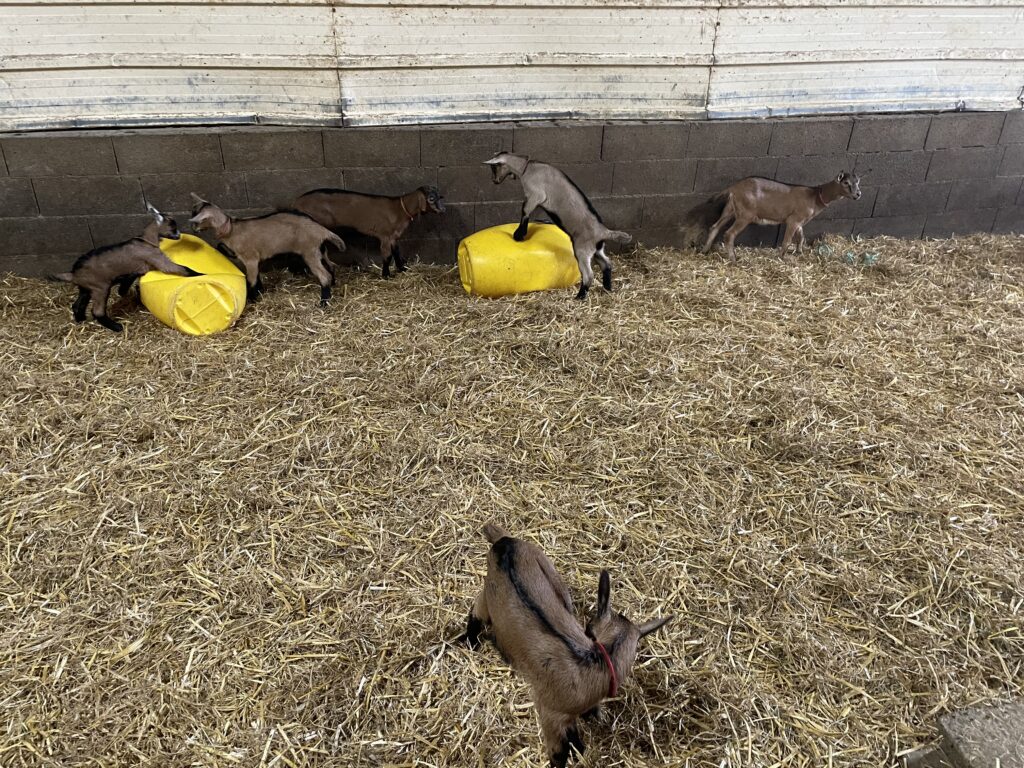
Goats are seasonal breeders and naturally come into season when the daylight hours become shorter. Because of this, the breeding herd is kept in a shed where the lighting is controlled.
The shed used is a converted pig shed with open plan pens and a straw-bedded floor. The milking parlour is located to the rear of the shed.
Goats are milked twice-a-day and the milking parlour is a 24-24 rapid exit BouMatic goat-milking parlour with automatic cluster removers (ACRs).
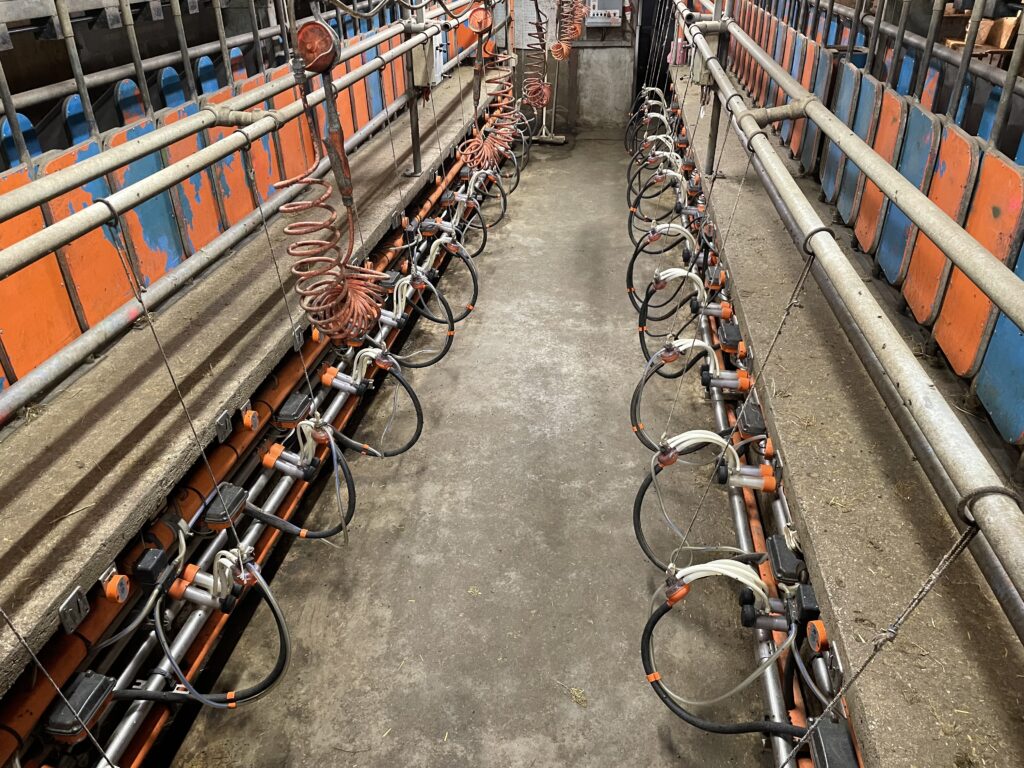
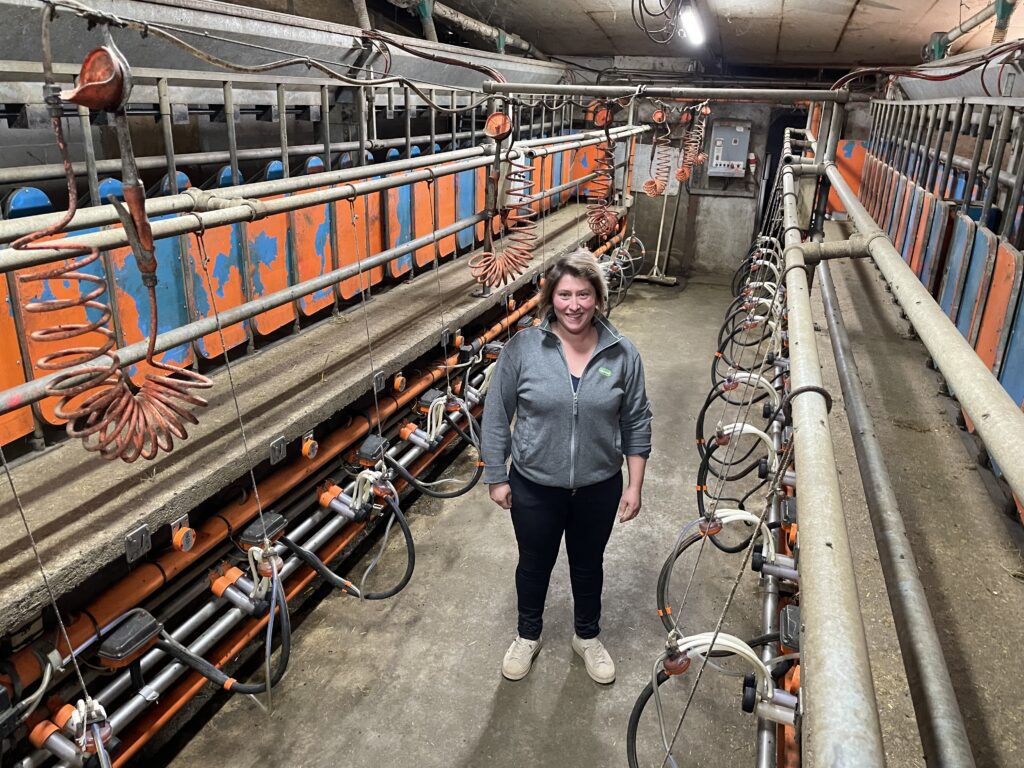
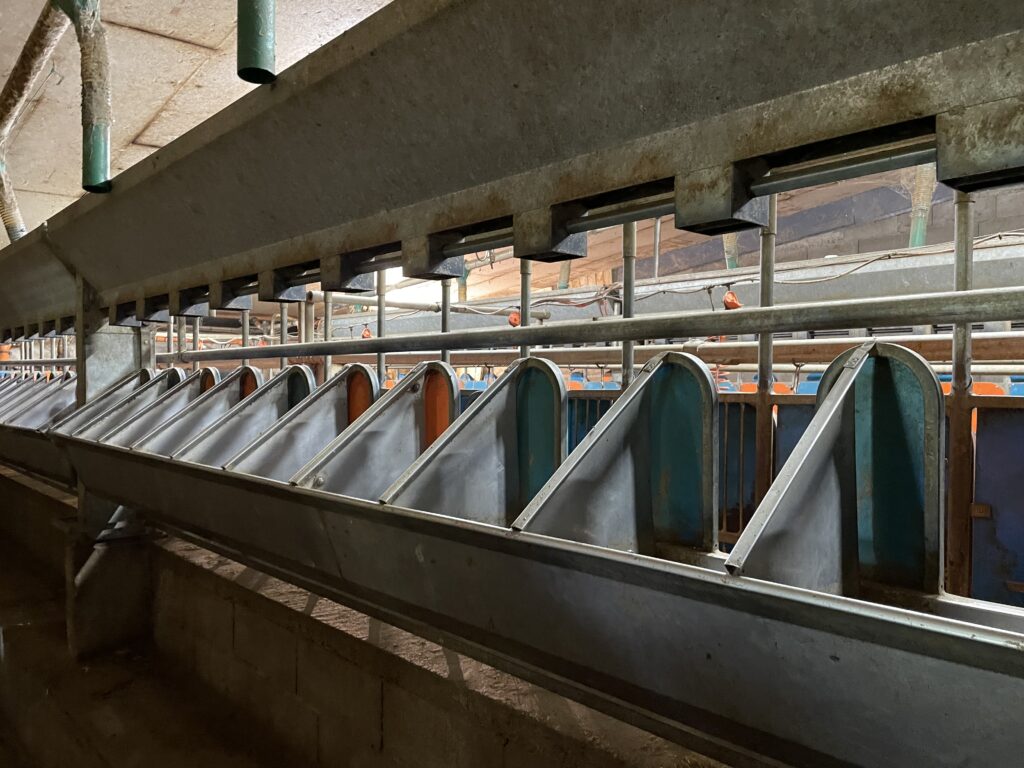
Goats enter the parlour from the side and receive concentrate feed which is delivered through an auger system.
Once milking is complete, the front of the parlour lifts up and the goats can then exit.
There is no shortage of machinery on the farm (see images below).
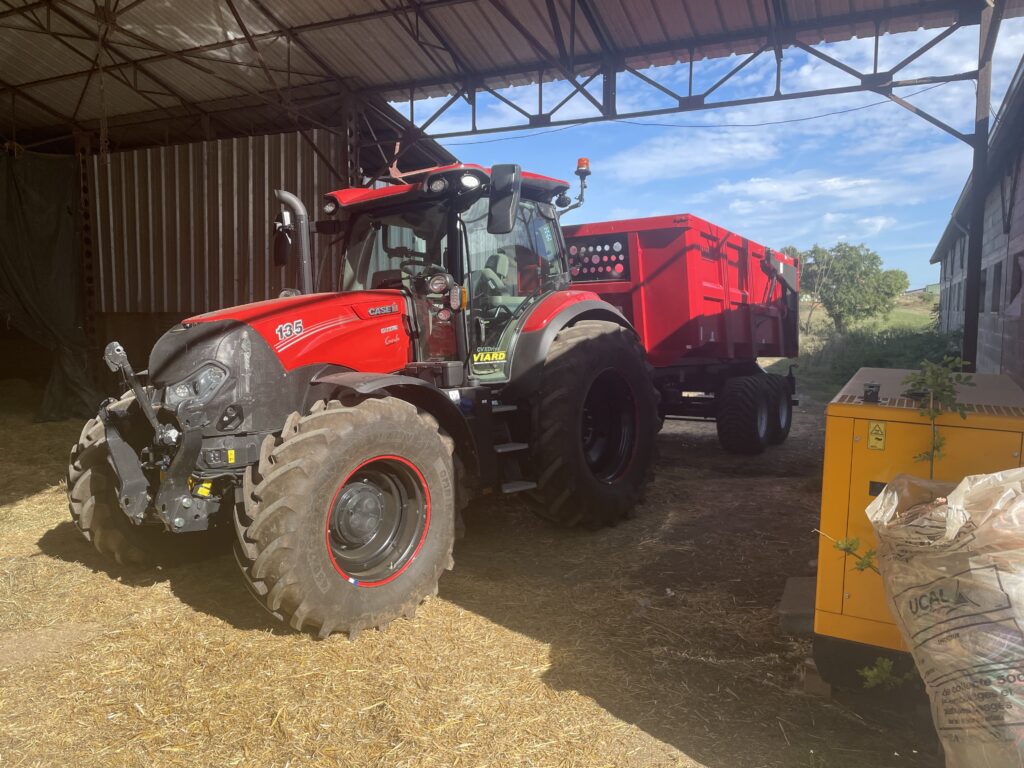
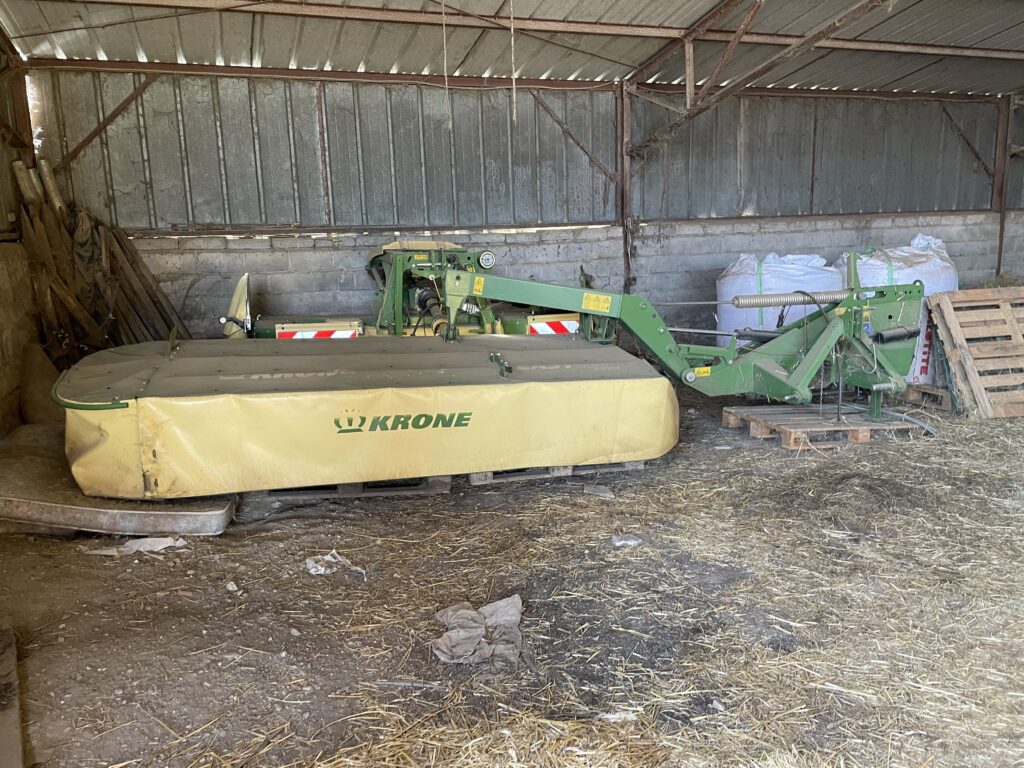
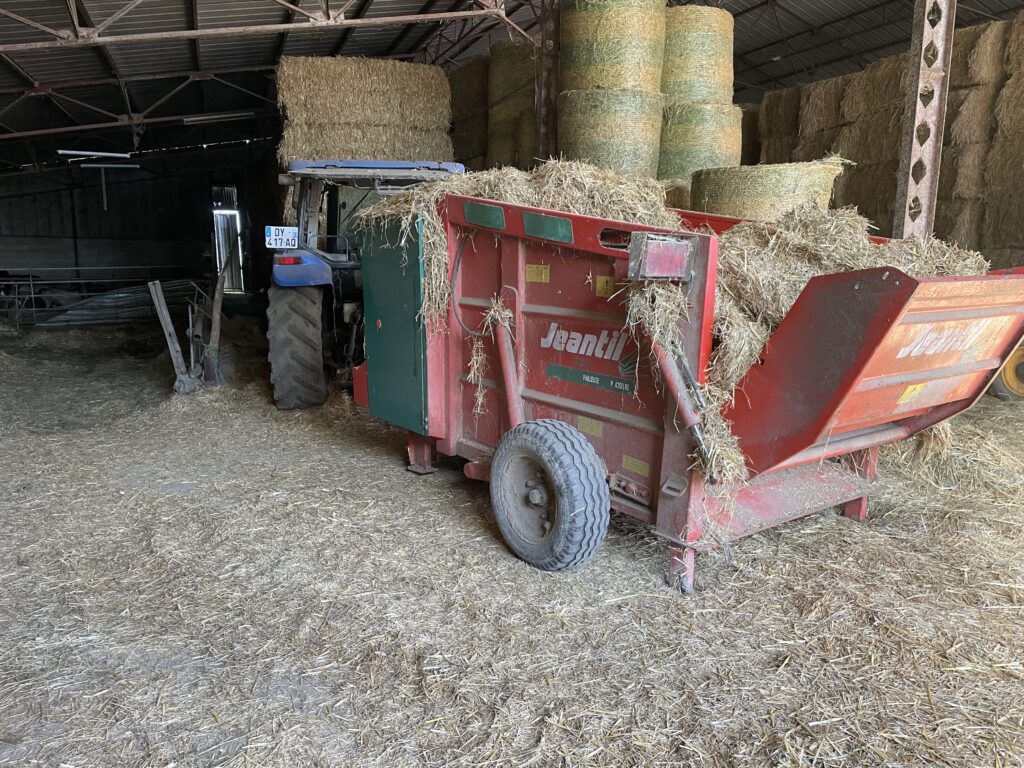
The farm is located 250m above sea level and has a sandy-loam soil type. The farm generally receives an annual rainfall of 650mm.
Land in the region trades at €4,000/ha (£3,5000/ha) approximately.
